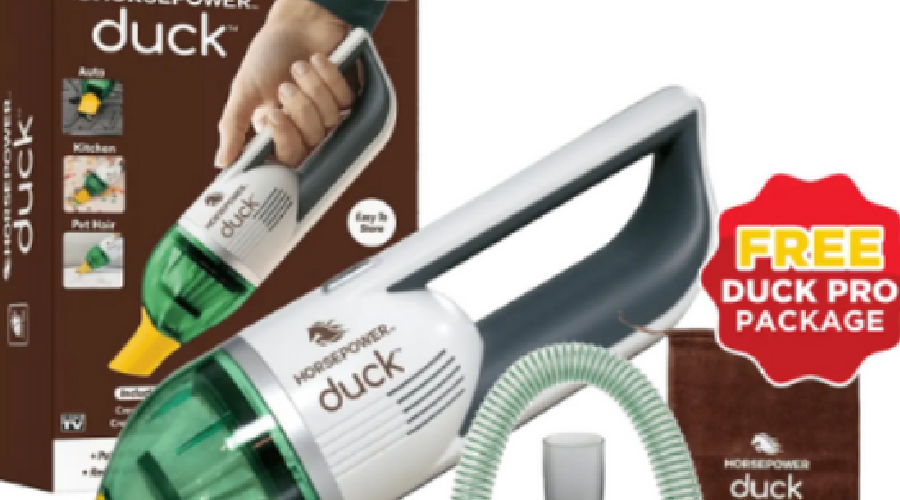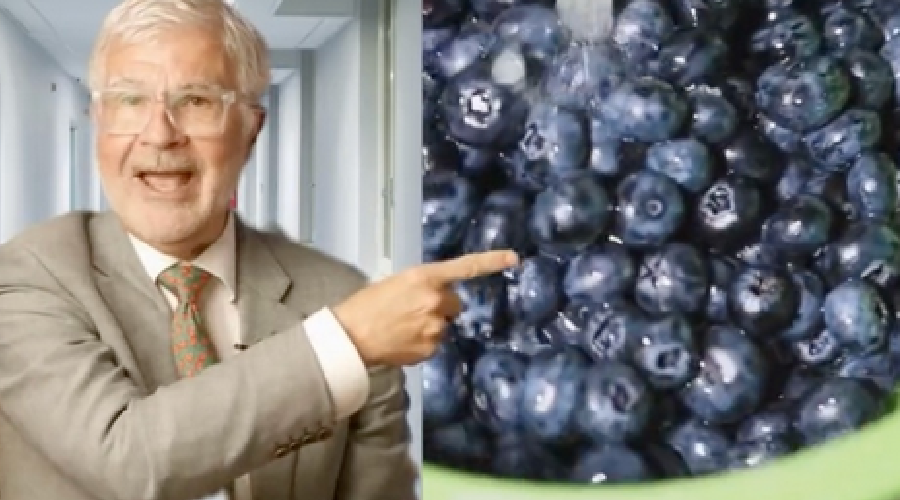Vacuum cleaners are an essential part of modern housekeeping, making cleaning tasks efficient and less labor-intensive. However, their journey from rudimentary devices to technologically advanced tools is a fascinating tale of innovation and adaptation. Let’s explore how vacuum cleaners have evolved to become the indispensable household devices they are today.
The Beginnings: Manual Cleaning Devices
The story of vacuum cleaners begins in the late 19th century when manually operated machines like the “Whirlwind” were introduced. These early models relied on cranks or bellows to create suction, requiring considerable effort to operate. While they lacked the efficiency of modern vacuums, they marked the first steps toward mechanized cleaning.
The Advent of Motorized Vacuums
The early 20th century saw a breakthrough with the invention of motorized vacuums. In 1901, Hubert Cecil Booth introduced a powered vacuum called the “Puffing Billy,” a large, horse-drawn machine. Soon after, smaller, portable models began to emerge, notably the 1908 invention of the upright Hoover vacuum cleaner, which remains a household name to this day.
Innovations of the Mid-20th Century
Post-World War II innovations brought vacuums that were more lightweight, affordable, and efficient. Manufacturers introduced canister vacuums and models with reusable cloth bags, making them more accessible to the average homeowner. This era also witnessed the rise of brands like Electrolux and Dyson, which revolutionized cleaning technology.
Introduction of Bagless and Cyclonic Technology
The 1980s marked a significant turning point with the advent of bagless vacuum cleaners. James Dyson’s cyclonic technology ensured consistent suction by spinning dust and debris out of the air. This innovation eliminated the hassle of replacing vacuum bags and improved cleaning efficiency, cementing Dyson’s position as a leader in the market.
Smart and Cordless Vacuums: The Modern Revolution
Today, vacuums have become smarter and more versatile. Robotic vacuums like Roombas navigate homes autonomously, learning floor plans and offering cleaning schedules via smartphone apps. Cordless stick vacuums provide convenience and ease, while wet-dry vacuums combine mopping and vacuuming in one.
Eco-Friendly and High-Tech Features
With environmental consciousness on the rise, manufacturers are incorporating eco-friendly materials and energy-efficient designs into vacuums. HEPA filters improve indoor air quality by trapping allergens, while advancements like self-emptying bins, voice control, and AI-powered navigation offer unparalleled convenience.
The Future of Vacuum Cleaners
As technology continues to advance, the future of vacuum cleaners holds even more promise. Features like advanced AI, enhanced battery life, and integration with smart home ecosystems will likely dominate. The emphasis will remain on making vacuums more intuitive, powerful, and environmentally friendly.
Conclusion
The evolution of vacuum cleaners reflects society’s ever-changing needs and technological advancements. From manually operated devices to smart vacuums, they’ve transformed homes and made cleaning easier and more efficient. As we move forward, it’s clear that vacuum cleaners will continue to evolve, catering to the demands of convenience, sustainability, and performance.



